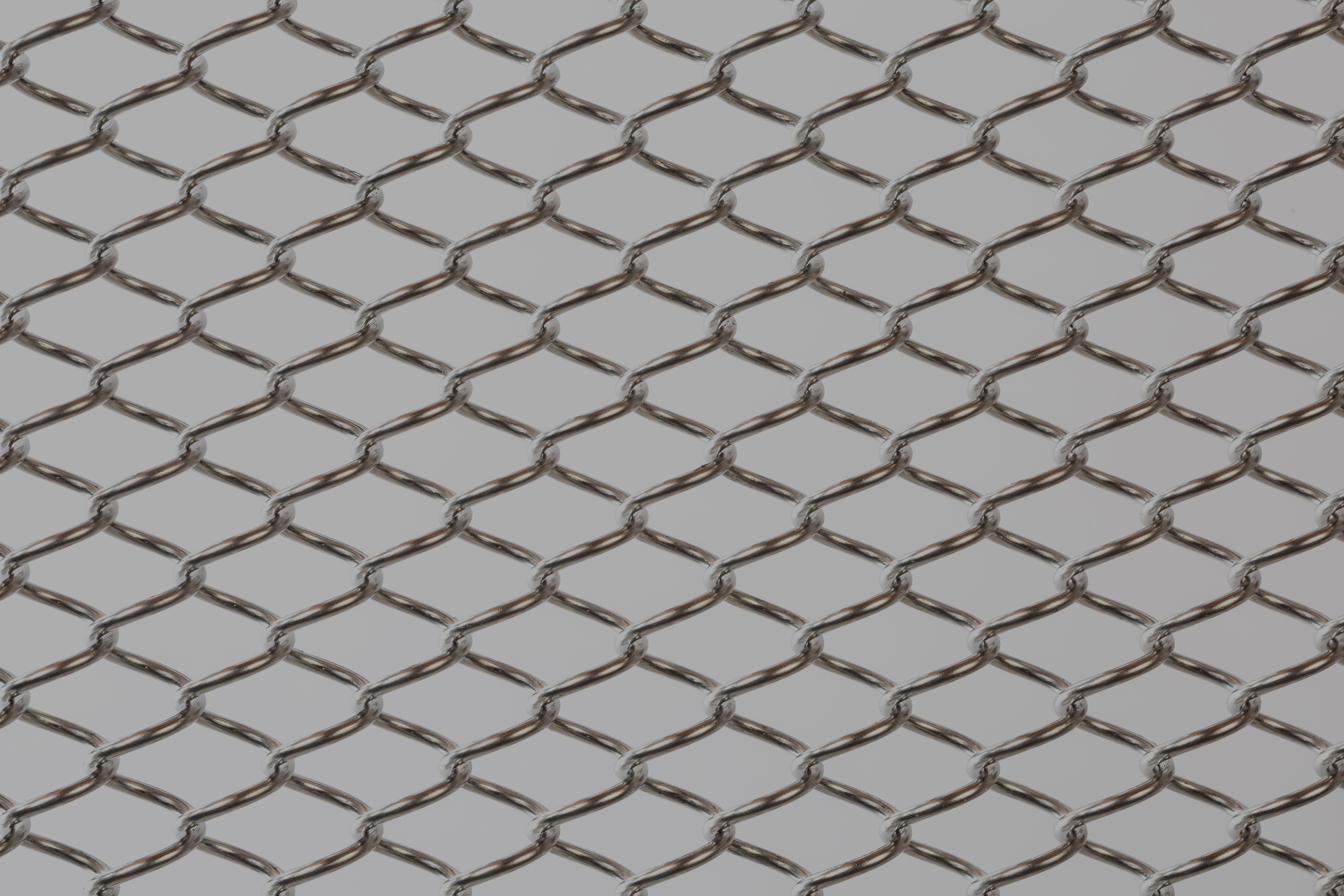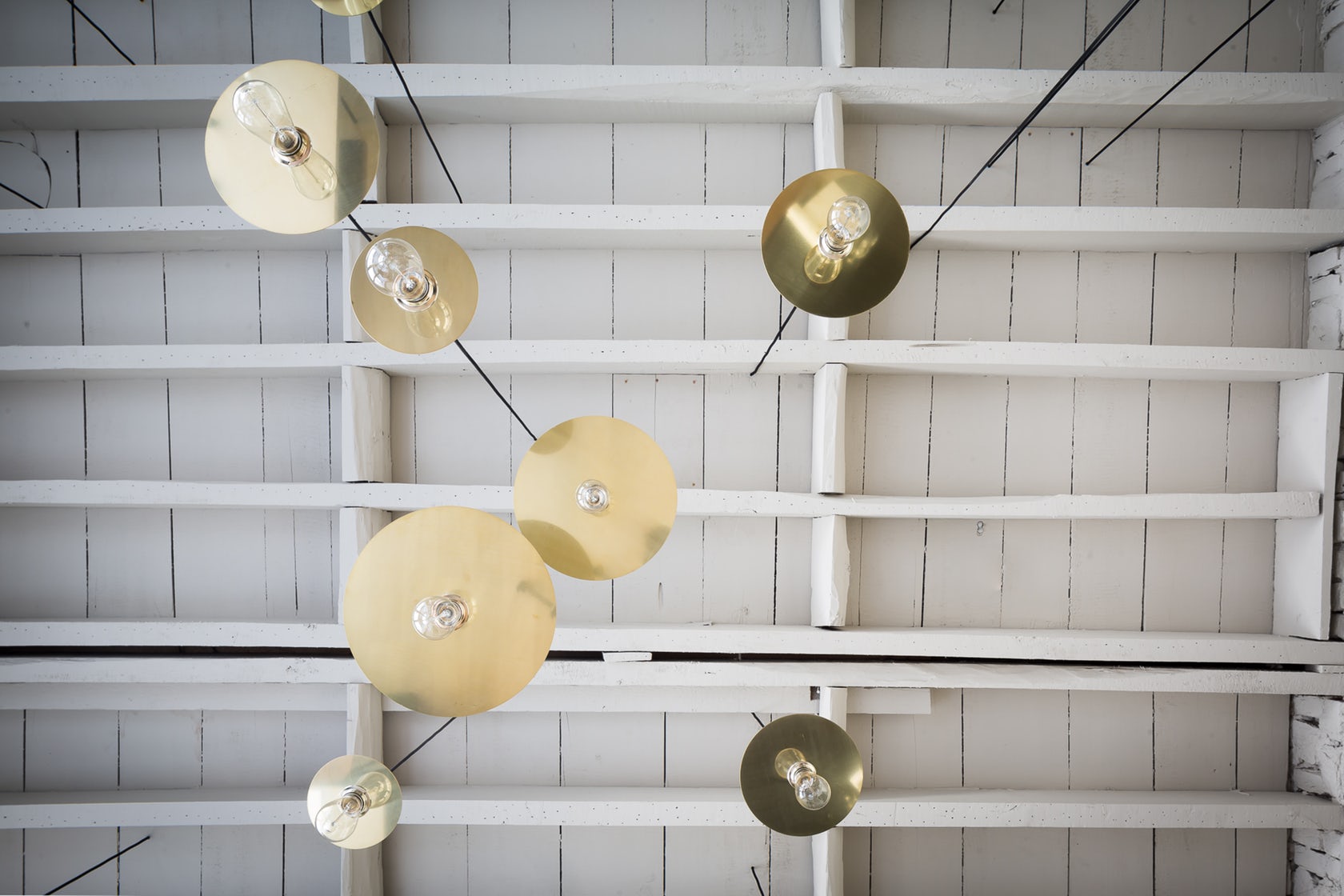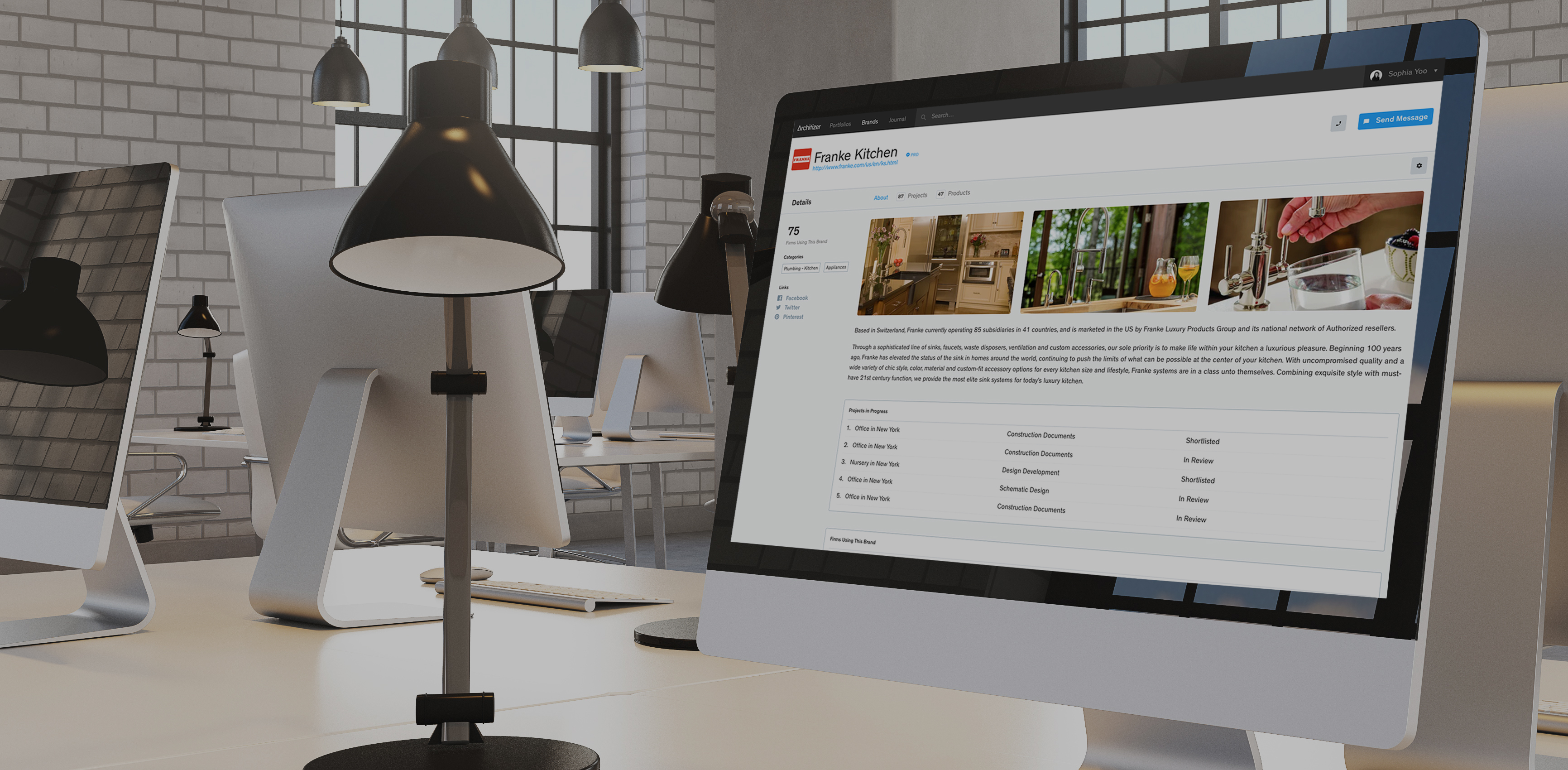In many historical instances, conversations around architecture have been preoccupied by beauty and aesthetics. However, catalyzed by the 2016 Venice Biennale, good architecture is increasingly discussed as a tool for safeguarding against both man-made and natural catastrophic events. Resilient design is now at the forefront of the A/E community and safeguarding people and property has become a priority for all stakeholders. In times like these, there is an urgency to bring specialized systems like GuardianCoil® from Cascade Architectural to light.
Architizer spoke to Andrew Schoenheit, Vice President of Sales and Marketing at Cascade Coil Drapery, Inc. — the parent company of Cascade Architectural — to understand how GuardianCoil can be particularly useful to architects and specifiers. “For over 30 years we have manufactured coiled wire fabrics for architectural, safety, and security applications,” Schoenheit said. “As more blast-driven and high-wind weather events occur, GuardianCoil continues to provide covert blast and debris protection around the world. Architects, Blast Engineering Consultants, and Construction Specifiers now have a solution for protecting people and property from catastrophic events.”
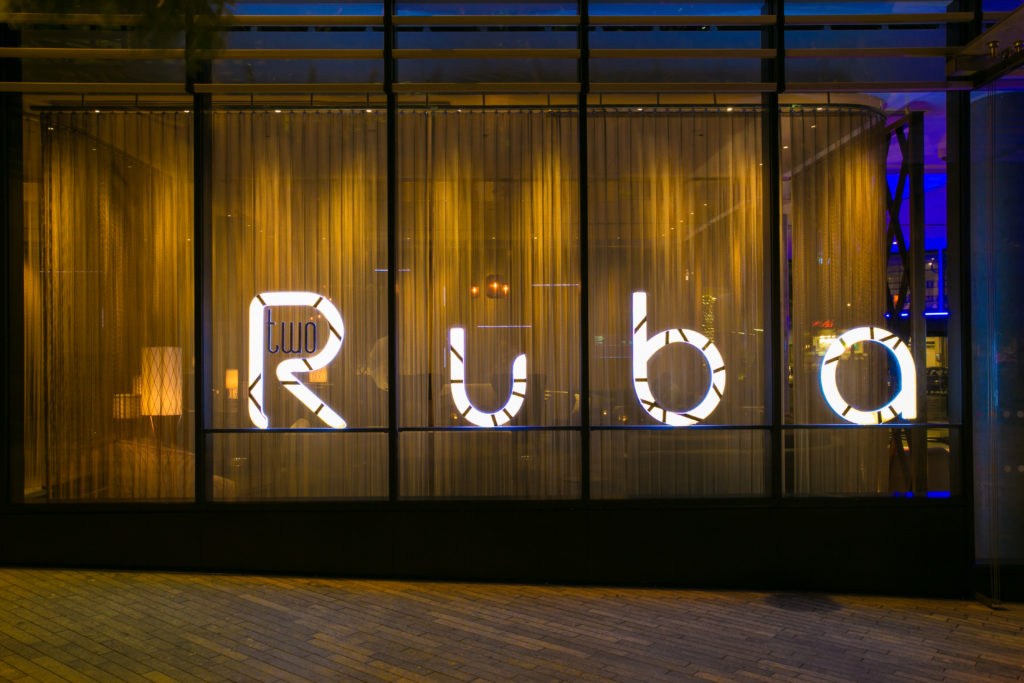
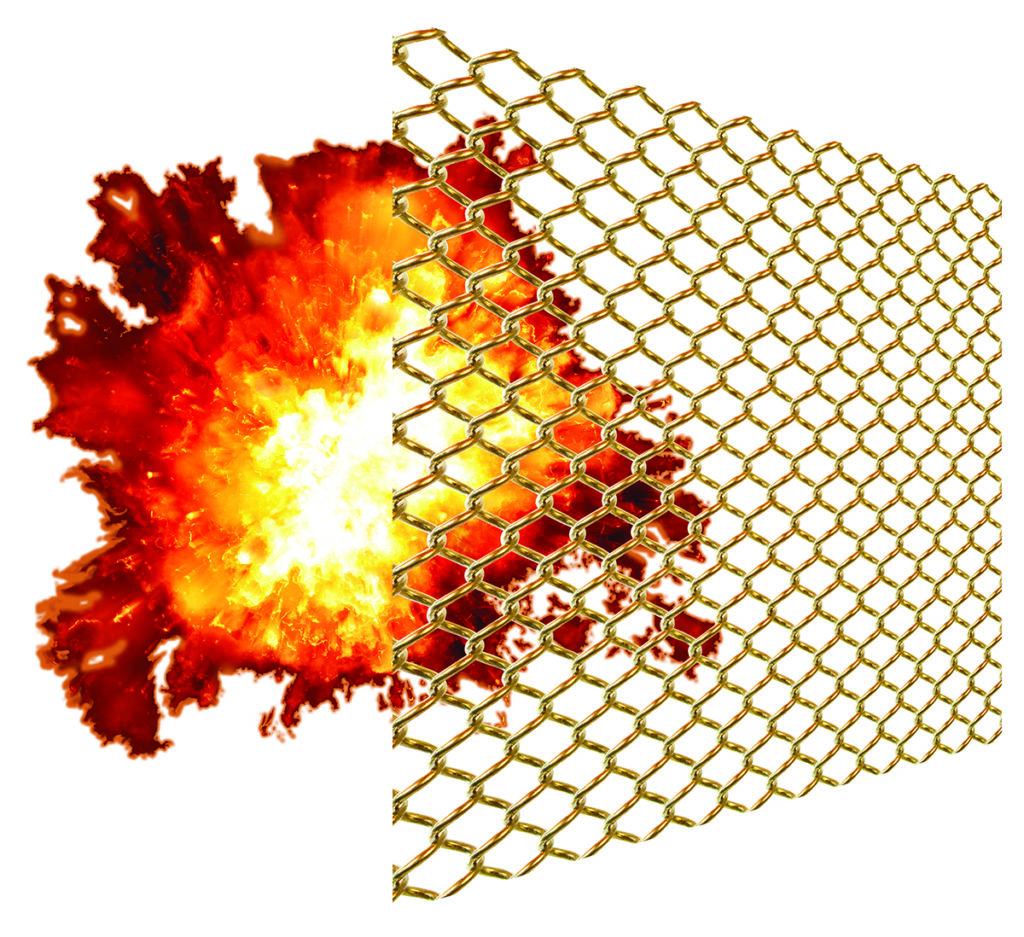
GuardianCoil’s stainless steel coiled wire fabric façade catchment system is a flexible metal mesh system that flexes to absorb hazardous blast debris. Available in either steel or stainless steel, GuardianCoil is specifically designed to be flexible, resilient and corrosion resistant.
GuardianCoil is often used where performance driven design criteria require that buildings be designed for a variety of extreme loads including blast, hurricane, and impact conditions. For this reason, the coiled wire fabric systems are most frequently installed in high-threat facilities, including government buildings, airports, embassies, and other critically vulnerable infrastructure. The main goal of blast-resistant window and wall design is to minimize hazardous debris to prevent human injury and minimize the response of load-bearing members to prevent progressive collapse and human fatalities.
New buildings can utilize hardened façade systems designed for extreme loads, but in some instances, the designers concept is minimized to conform to specific performance requirements such as stand-off distances and threat levels. Often, designers are forced to reduce window area and glazed curtainwalls, effectively eliminating natural daylighting and occupational comfort. In many cases, GuardianCoil can be deployed in high-threat areas using large single catchment systems, allowing the architects original design intent.

In 2015, Cascade Protection Systems conducted Validation Shock Tube Tests at the University of Ottawa.
When met with a blast, this flexible metal mesh deforms in a predictive and repeatable pattern. Moving in this dynamic way, the material is able to absorb the energy and force of the blast rather than transmitting it onto the building structure or its occupants. In effect, the fabric functions as a three-dimensional spring that spreads the force to adjacent areas like ripples in a pond. The material has even been likened to a trampoline, which flexes to absorb the force of an athlete, and then rebounds to its original shape and position.

GuardianCoil Catchment Simulation
“Our coiled wire fabric was installed as a window treatment at a bank, which helped prevent blast debris from entering the space after a bomb was detonated outside,” Schoenheit said. “The metal fabric saved lives by capturing most of the debris and depositing it on the floor.”
GuardianCoil catchment systems are often more cost-effective than re-cladding facades with blast-resistant windows and walls. GuardianCoil also has the added benefit of being an attractive architectural component, which means that beyond providing protection, it enhances the atmosphere of interior building spaces and the well-being of its occupants. With a covert aesthetic appearance, it can be easily integrated into a design without looking like a security measure. “No longer are the valuable and highly-trained personnel who are being protected subject to fortress-like environments,” said Schoenheit.
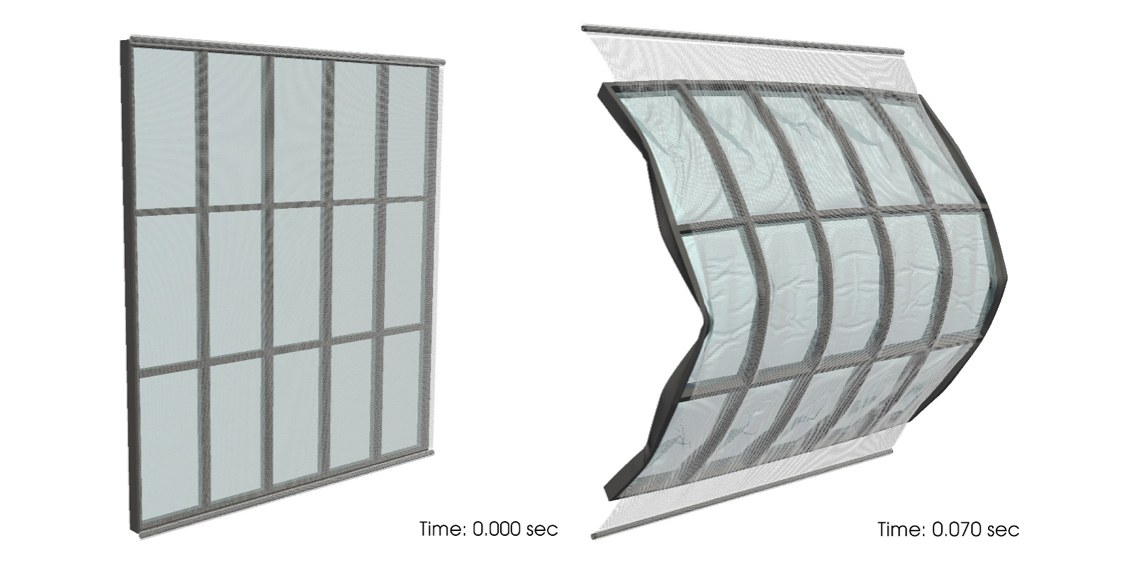
GuardianCoil Catchment Simulation
“When used as a window treatment, our metal fabrics increase visual comfort and daylighting while reducing energy consumption. By combining quality and value with excellent design engineering support and short lead times, GuardianCoil is the winning solution for most projects.”
When asked what the most challenging aspect of the design is, Schoenheit said, “Given all the parameters of the blast protection applications, GuardianCoil attachment systems can be challenging to design. We are fortunate to have a talented team of engineers on staff who design and develop all our highly engineered systems. This way we can fabricate, test, and validate our systems prior to releasing them into our product portfolio.
We are always working with architects and engineering firms on innovative ideas for attaching, tensioning, and framing our metal fabrics, to deliver their vision and meet the performance requirements of the project.” Schoenheit said that in the future, “Cascade Architectural will continue to work closely with government, military and public safety officials, as well as the architectural community, to develop and manufacture GuardianCoil products and help save lives around the world.”
All images courtesy of GuardianCoil.
